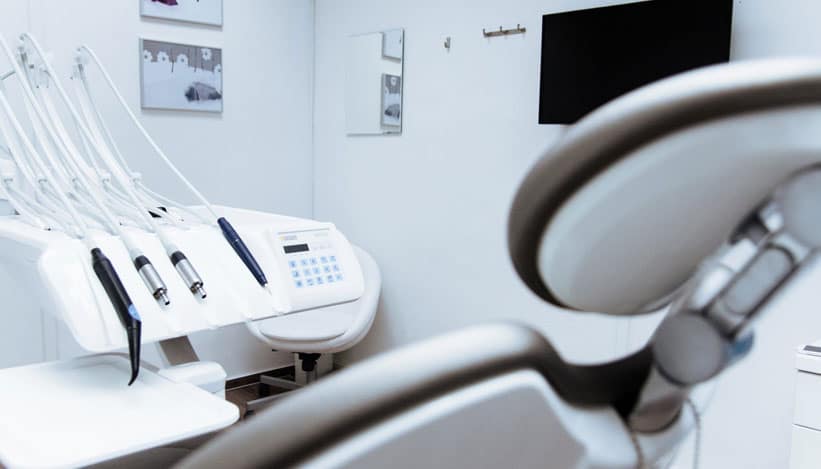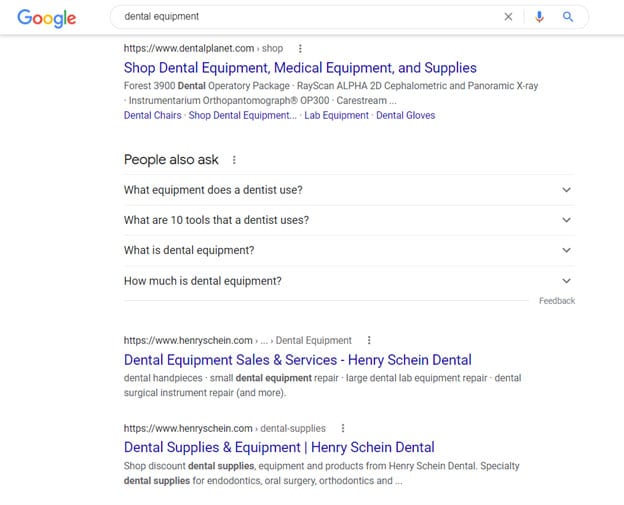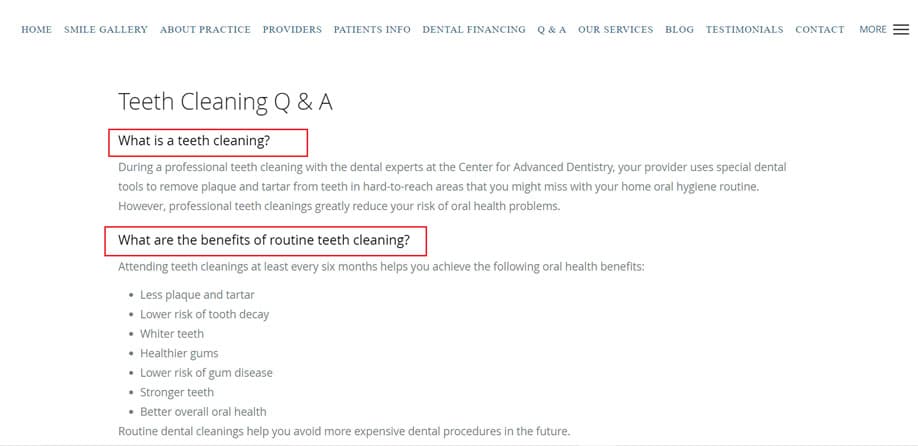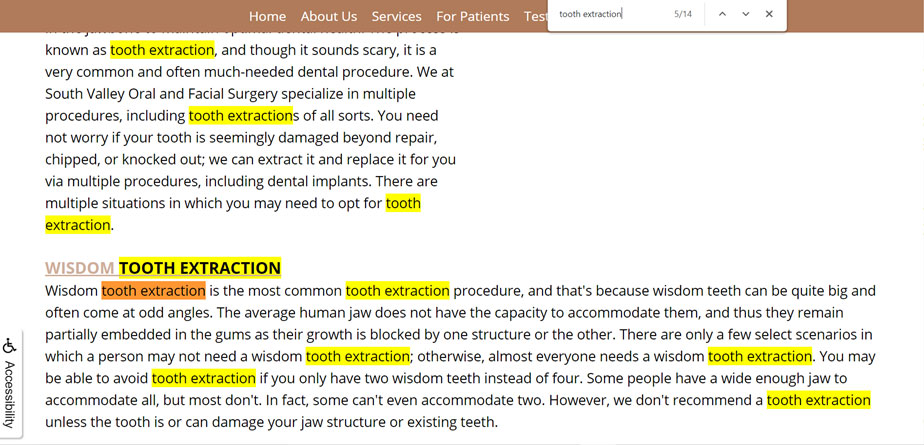When it comes to finding a dental clinic, many people found their dentist through referrals and yellow books. Now with things being more digital, more people are using other ways to find a dental clinic and to book an appointment.
One of the most known ways of finding a dental office is through searching on search engines like Google, Bing, and Yahoo.
What can SEO do for your practice?
Although you can be found on search engines, it does not mean that you will be clicked on. It was found that the first-page result of a Google search will get over 25% of the clicks and pages after will get significantly less
This is because, by the time they make the search, the first few results would have answered a user’s query.
For example, when you do a Google search for “dental equipment”, you would see the first few results and then choose the pages that match what you are looking for. By that time, you would have found what you are looking for just in the first three results.
This also applies to your dental website. If you are not found in the first three search results, a user already found another dental clinic to go to.
That’s where search engine optimization (SEO) comes in. SEO is the process of tailoring your website towards specific keywords so you are found higher on the top of search results and get those clicks to your website.
How Do You Start SEO?
Now that you know how dentists can benefit from SEO, it is time to learn how to start using SEO on your dental website.
But, before we break down how to start, it is important to know that SEO is a long marketing investment and that it will pay itself back in the future. If you want fast results, then doing dental practice PPC with SEO can provide near-immediate results.
With that out of the way, we can start on an SEO strategy that you can implement on your website and increase your ranking.
On-Page SEO
One of the most important SEO strategies is on-page SEO. It’s highly effective for local businesses. On-page SEO is the process of optimizing everything on-page (or on your website). This includes everything from the title of your pages to the paragraph content.
Keyword research
The first thing on-page SEO starts with is keyword research. This is the process of finding the specific keyword(s) you want to target depending on the combination of keywords volume, keyword difficulty, and business value.
For dentists, typically they would target keywords that are associated with their services and locations. Some examples are:
- General cleaning
- Dental clinics in San Jose
- Cosmetic dentists near me
If you need help with keyword research, here is a guide that can help you start.
Title
After finding those keywords, it’s important to use them in your titles for each of your specific pages to increase the chances of ranking higher in the search engine results.
In the example above, the targeted keyword is “dental clinic in san Jose”. Because of this, the dentist included the targeted keywords in the title of the page giving it a boost in search rankings.
Sub Headings
The next step after optimizing the title is optimizing the subheadings. Similar to using your targeted keyword in your title, it also helps if you put them in the subheadings. But in addition to your targeted keywords, you should also add supporting keywords on the page.
This process makes it more relevant to the topic you are going for and as a result, increases the chances of search engines ranking your pages higher on the search results.
For example, if your main keyword is “general cleaning”, having subheadings like “what is the process of a general cleaning” or “how long is a general cleaning”.
If you look at the website above, it uses relevant subheadings to support their main keyword which was “dental cleaning”.
In addition to supporting your main keyword, subheadings are also searched on search engines. By adding highly searched keywords, your pages can be found if a user searched for that specific keyword.
So, if someone is searching for “what are the benefits of routine teeth cleaning”, the page above can also be found through that keyword search.
Main Content
The next thing you can do with on-page SEO is optimizing your main content. This is everything else on the page from your paragraphs to your alt tag.
In this section, you will add the main keywords in your writings or alt tags of your images. In addition, it is also recommended to add keyword variations and LSI (keywords related to the main keywords) on your page.
Here are some examples of both if the main keyword is “tooth extractions”:
- Variation: “teeth extraction”, “tooth removal”, “dental extractions”
- LSI: “surgery”, “treatment”, “wisdom teeth”
By including these keywords in your paragraphs and alt tags, it helps build relevancy on the topic you are writing about. This will result in an easier chance of being on the top search results.
Conclusion
These are some things you can do to improve your dental site’s SEO.
Although it seems like small changes, they can make a big difference in the amount of organic traffic you can get.
By being in a higher position in search results, it increases the chance of people clicking on your website and booking an appointment with you.






